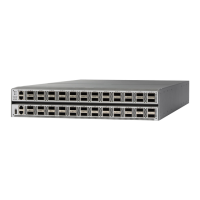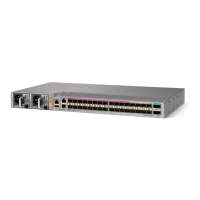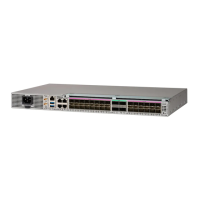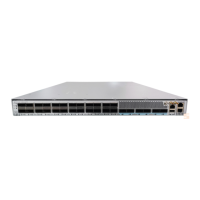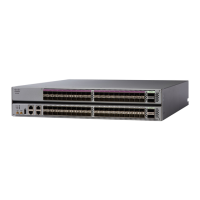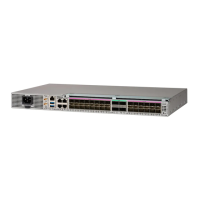Simple Inbound Policy: Example
The following policy discards any route whose network layer reachability information (NLRI)
specifies a prefix longer than /24, and any route whose NLRI specifies a destination in the address
space reserved by RFC 1918. For all remaining routes, it sets the MED and local preference, and
adds a community to the list in the route.
For routes whose community lists include any values in the range from 101:202 to 106:202 that have
a 16-bit tag portion containing the value 202, the policy prepends autonomous system number 2
twice, and adds the community 2:666 to the list in the route. Of these routes, if the MED is either
666 or 225, then the policy sets the origin of the route to incomplete, and otherwise sets the origin
to IGP.
For routes whose community lists do not include any of the values in the range from 101:202 to
106:202, the policy adds the community 2:999 to the list in the route.
prefix-set too-specific
0.0.0.0/0 ge 25 le 32
end-set
prefix-set rfc1918
10.0.0.0/8 le 32,
172.16.0.0/12 le 32,
192.168.0.0/16 le 32
end-set
route-policy inbound-tx
if destination in too-specific or destination in rfc1918 then
drop
endif
set med 1000
set local-preference 90
set community (2:1001) additive
if community matches-any ([101..106]:202) then
prepend as-path 2.30 2
set community (2:666) additive
if med is 666 or med is 225 then
set origin incomplete
else
set origin igp
endif
else
set community (2:999) additive
endif
end-policy
router bgp 2
neighbor 10.0.1.2 address-family ipv4 unicast route-policy inbound-tx in
The following policy example shows how to build two inbound policies, in-100 and in-101, for two
different peers. In building the specific policies for those peers, the policy reuses some common
blocks of policy that may be common to multiple peers. It builds a few basic building blocks, the
policies common-inbound, filter-bogons, and set-lpref-prepend.
The filter-bogons building block is a simple policy that filters all undesirable routes, such as those
from the RFC 1918 address space. The policy set-lpref-prepend is a utility policy that can set the
local preference and prepend the AS path according to parameterized values that are passed in. The
common-inbound policy uses these filter-bogons building blocks to build a common block of inbound
Routing Configuration Guide for Cisco NCS 5500 Series Routers, IOS XR Release 6.3.x
132
Implementing Routing Policy
Modify Routing Policy Using Text Editor
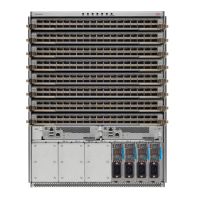
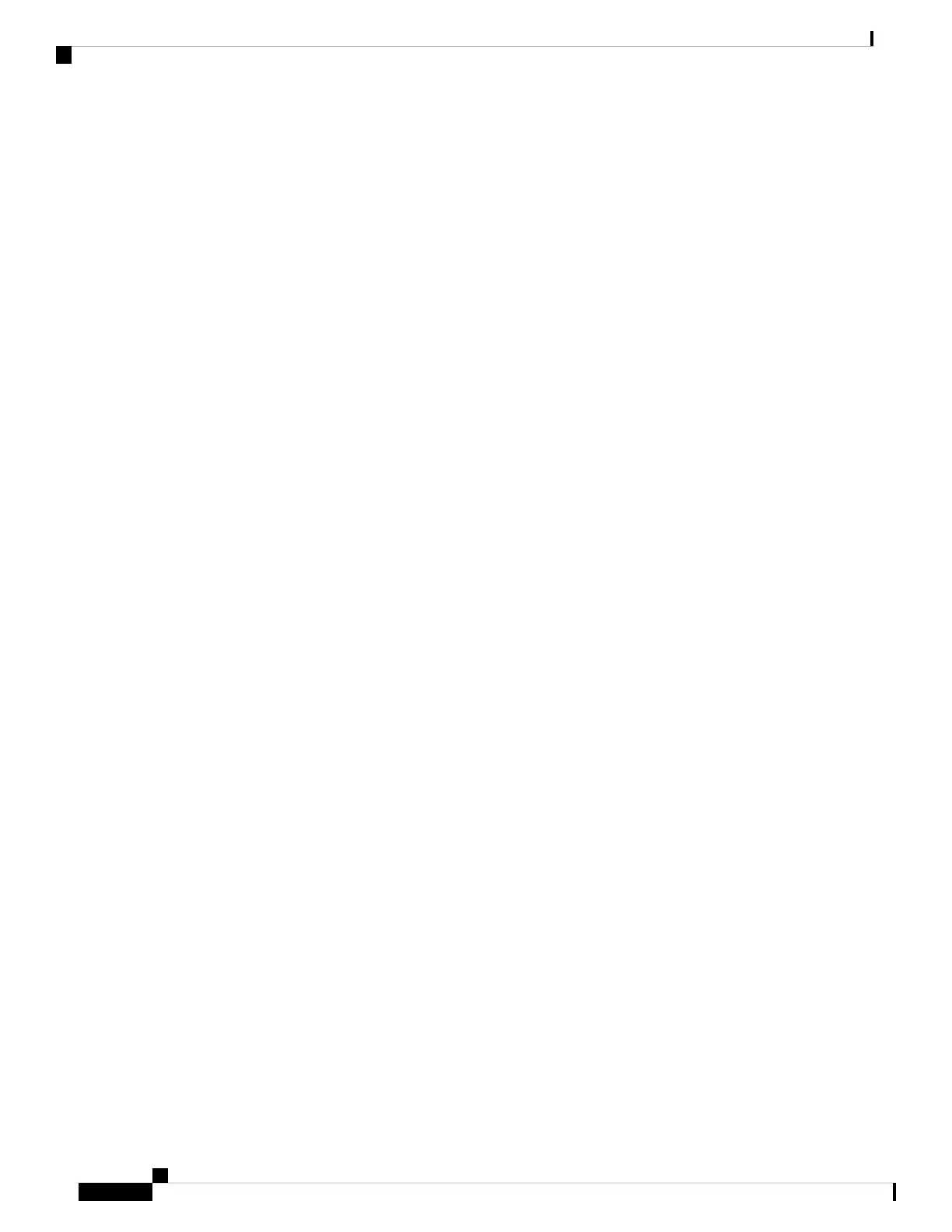